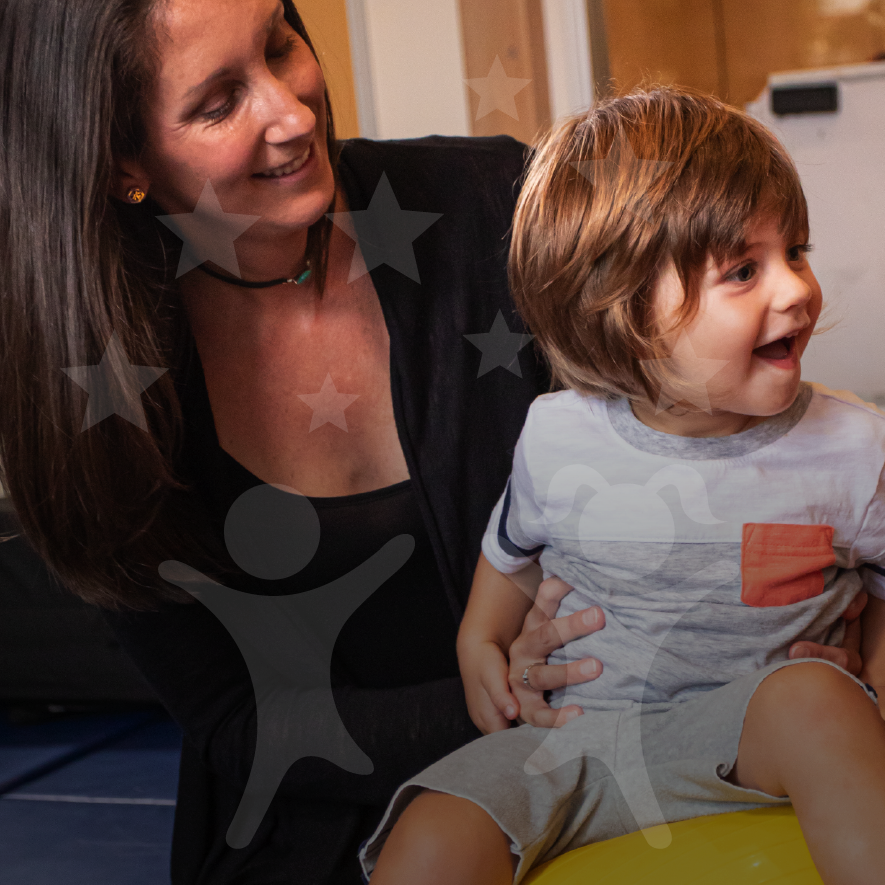Our Approach
At Kinder Clinic we make use of the Sensory Integration frame of reference. This particular approach identifies and addresses how children are able to process information provided to them by all the sensations coming from within the body as well as the external environment around them.


Enter your text her. skjkkkKDnknknsk
Sensory integration is the processing of sensory information for adaptive responses and functional use. The sensory systems include auditory, visual, tactile, vestibular and proprioception. Sensory processing influences our social-emotional and play skills, as well as organization of behavior, which includes activity level and attention. Sensory integration also impacts praxis which is the ability to form an idea about a motor action (ideation), plan the sequence and timing of the action (motor planning), and then execute the action (execution) in order to complete novel tasks. Sensory integration, organization of behavior and praxis are the underlying skills required for the development of higher-level gross motor, fine motor, and social-emotional skills.
Sensory integration usually takes place without conscious thought or effort but for those where this does not happen, it is known as Sensory Processing Disorder. Children who experience this often have difficulty figuring out what is happening inside and outside of their bodies, which can result in inappropriate responses to these sensations.
Children may display avoidant behaviors towards certain movement, sounds, tastes, or touch, while others could be focused on actively seeking out more of a particular sensation.
For example, children who have difficulties integrating tactile input are most likely to avoid touch experiences such as standing close to someone, wearing certain clothes, hugs, or engaging in “messy play” like playing with glue or paint.
On the opposite side, some children may crave such experiences and therefore demonstrate poor awareness of when their hands or face are messy or they may touch people or objects an excessive amount.
When children experience this kind of sensory processing dysfunction, simple everyday activities or experiences, such as playing on a noisy playground, putting clothes or shoes on, riding in the car, engaging in group play, or having plans change unexpectedly can be overwhelming and disorganizing for them, causing extreme anxiety or agitation.
Our therapists are here to provide insight and help to children who experience sensory issues that could be preventing them from being a happy, confident and functional member of their family and social environment.
To begin this process an assessment of your child’s sensory processing, motor skills, and social-emotional skills will be completed through use of clinical observations, standardized testing and information provided by parents, caregivers and teachers. Then an individualized treatment plan will be established, which will include treatment goals and recommendations. Therapy sessions, which are available in the clinic, in the home, or through telehealth, will make use of gross and fine motor, sensory-motor, and cognitive activities and exercises to optimize your child’s development and functional skills.
Book
An Assessment
If you want to have your child evaluated, here’s how it works:
Step 1
After an in-take call, an assessment will be scheduled. Assessments usually include information from parents and teachers, clinical observations, and standardized testing

Step 2
A report is then prepared that will detail treatment goals for your child.

Step 3
Your options are then discussed with you and a treatment schedule is arranged that suits both you and your child.
We usually recommend 1 - 3 treatment sessions per week for maximum support. (Each session is 50 mins in length)
You can either have the treatment here at the clinic or
electronically should COVID be a concern for you.
In most cases, the child will work with the therapist alone but parents/caregivers may be involved depending on what is most therapeutic for the child.
The nature of occupational therapy makes it so that the treatment looks like play so children are motivated to participate and look forward to their weekly sessions.
